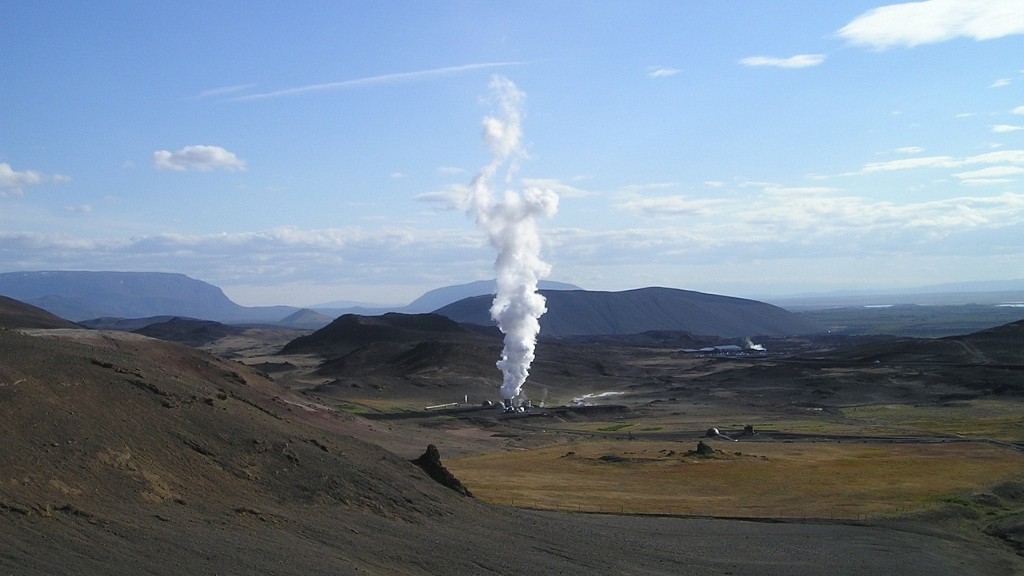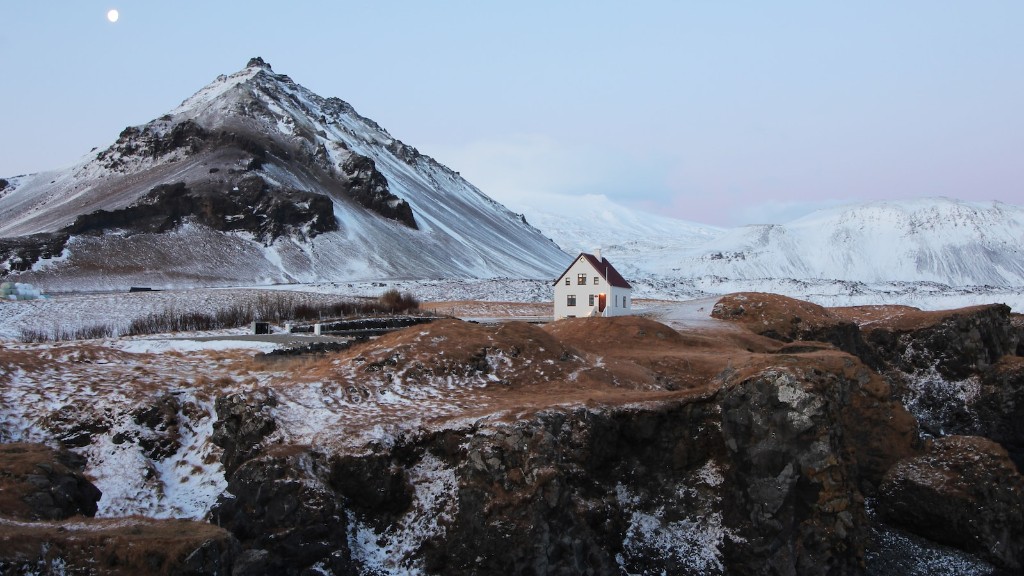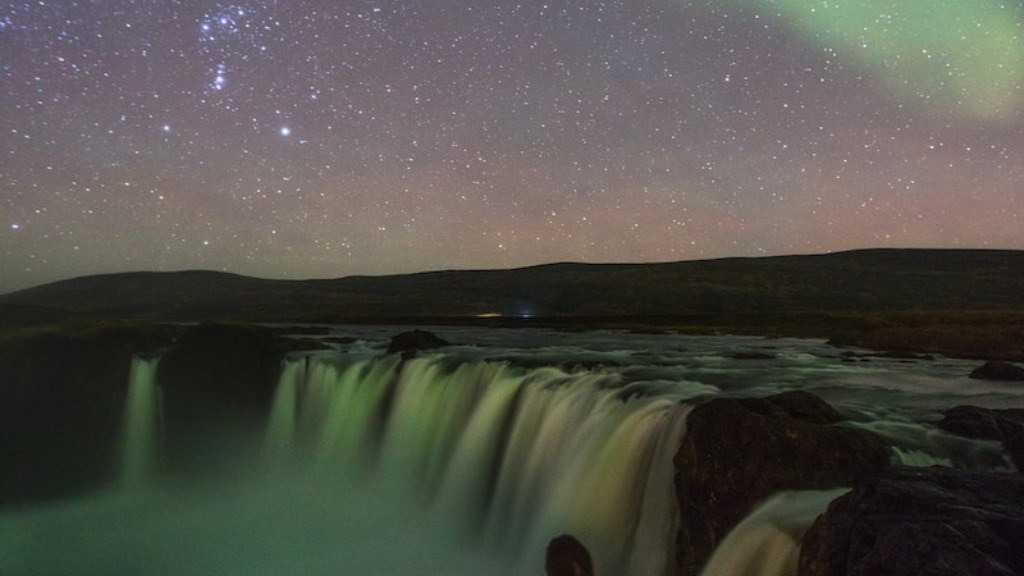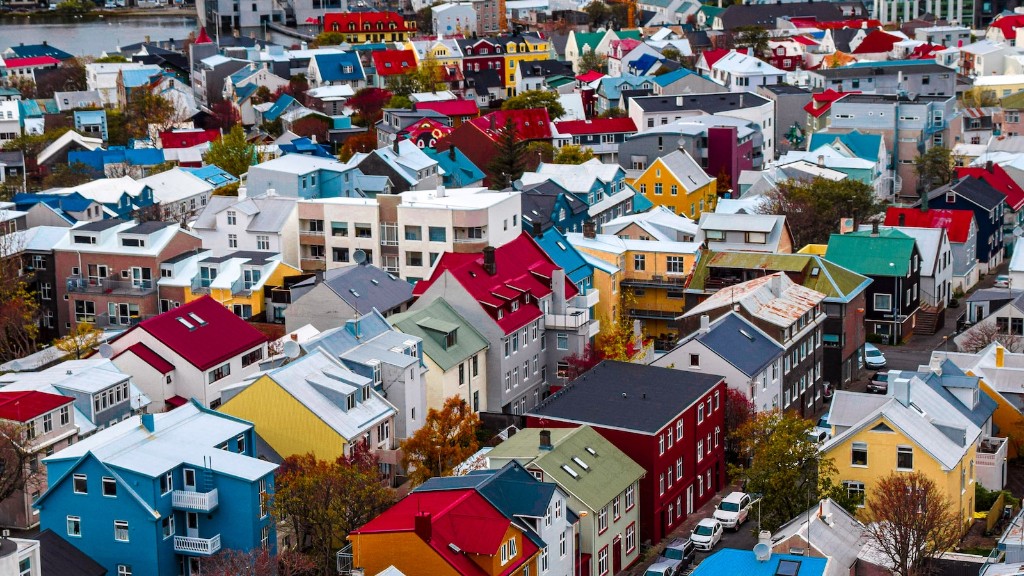Glacier Travel in Iceland
Glacier travel in Iceland offers adventurers a unique opportunity to explore some of the most breathtaking landscapes on Earth. With its vast ice fields and towering glaciers, Iceland provides an unforgettable experience for those seeking both beauty and challenge. Whether you’re an experienced mountaineer or a novice explorer, glacier travel in Iceland promises an adventure of a lifetime.
As a geologically active country, Iceland is home to more than 200 glaciers. The largest and most famous one is Vatnajökull, covering over 8% of the country’s landmass. These glaciers formed over thousands of years, creating awe-inspiring crevasses, ice caves, and icefalls. Their sheer size and beauty attract travelers from around the world.
When planning a glacier travel expedition in Iceland, it’s important to understand the risks and prepare accordingly. Due to the constantly changing nature of glaciers, it is essential to have a knowledgeable guide who can navigate the terrain and ensure your safety. Local tour companies offer experienced guides who are well-versed in glacier travel techniques and can provide necessary equipment.
Glacier travel can be physically demanding, requiring a good level of fitness. In addition to hiking, mountaineering, or ice climbing skills, travelers should have appropriate clothing and gear to withstand the cold temperatures on the glaciers. Layered clothing, sturdy boots, and waterproof outerwear are essential for a comfortable and safe journey.
One of the highlights of glacier travel in Iceland is the opportunity to explore ice caves. These natural wonders are formed during winter when glacial rivers recede, leaving behind stunning blue ice formations. Excursions to ice caves are offered during the colder months, and visitors can witness the mesmerizing colors and textures that make these caves so unique.
For a truly immersive experience, it is possible to spend a night camping on a glacier. Imagine pitching a tent surrounded by nothing but ice and snow, with the possibility of seeing the magnificent Northern Lights dancing above you. However, this option requires advanced planning, appropriate gear, and a highly experienced guide to ensure your safety.
Glacier travel in Iceland not only offers a chance to witness unparalleled natural beauty but also raises awareness about the rapid retreat of these majestic ice formations due to climate change. Glaciers around the world are melting at an alarming rate, and Iceland is no exception. By experiencing these glaciers up close, travelers gain a profound understanding of the urgent need to protect our environment and take steps to combat global warming.
Glacier Travel Safety
When embarking on glacier travel in Iceland, safety should be the top priority. Here are some essential safety tips:
- Always hire an experienced and knowledgeable guide to accompany you.
- Listen to your guide’s instructions and follow them carefully.
- Wear appropriate clothing and gear to protect against cold temperatures and icy conditions.
- Remain aware of your surroundings to avoid crevasses and other potential hazards.
- Never venture onto a glacier alone or without proper training and equipment.
Ice Caves in Iceland
The ice caves of Iceland are a unique natural phenomenon. Here are a few facts to know about them:
- Ice caves form during the winter months when glacial rivers recede.
- The blue color of ice caves comes from the compression of glacial ice, which absorbs light differently.
- Ice caves are constantly changing and may collapse or shift over time, making each visit a truly ephemeral experience.
- Exploring ice caves requires proper equipment, including crampons, helmets, and headlamps.
Camping on Glaciers
Camping on a glacier is a thrilling experience. Here are a few things to consider for glacier camping:
- Advanced planning and preparation are necessary, including obtaining permits and glacier travel expertise.
- Ensure you have specialized gear, such as four-season tents, warm sleeping bags, and portable stoves.
- Camp only in designated areas and follow Leave No Trace principles to minimize your impact on the environment.
Glacier Retreat and Climate Change
The retreat of glaciers in Iceland is a stark reminder of the effects of climate change. Here are some key points:
- Icelandic glaciers have been shrinking rapidly in recent decades due to rising temperatures.
- These melting glaciers contribute to sea-level rise and impact local ecosystems.
- Glacier travel experiences can help raise awareness and support efforts to combat climate change.



